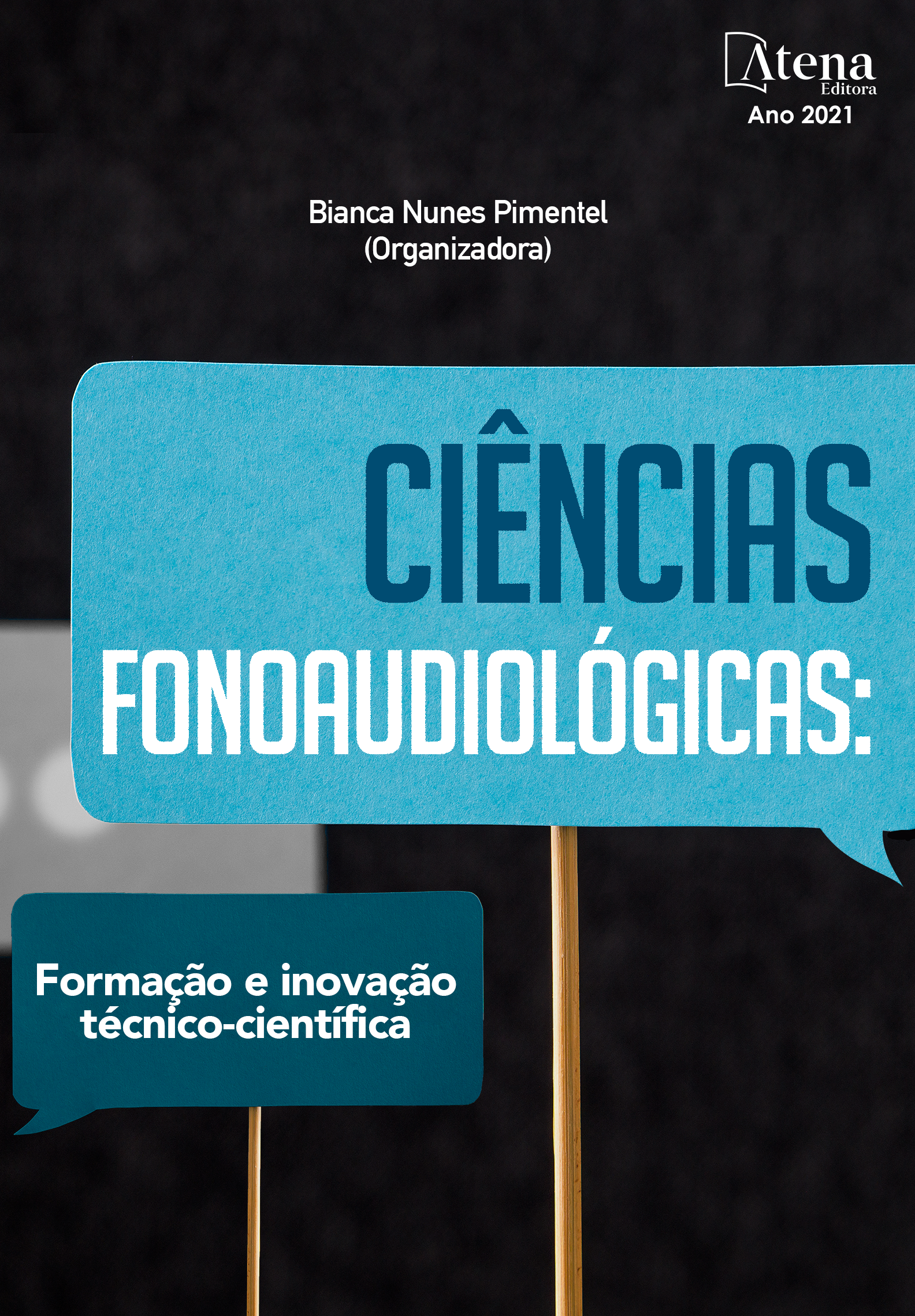
ACHADOS AUDIOLÓGICOS DE UM PACIENTE PORTADOR DA SÍNDROME DO CROMOSSOMO 4 EM ANEL
Introdução: a síndrome do cromossomo em anel surge após a quebra nas duas extremidades do cromossomo e uma subsequente fusão, sendo os fenótipos altamente variáveis. Na síndrome do cromossomo 4 em anel é comum ser observado a deficiência grave de crescimento. Objetivo: descrever os achados audiológicos de um paciente portador da síndrome do cromossomo 4 em anel. Método: trata-se de um relato de caso de um paciente de dois anos e quatro meses de idade, acompanhado pelo serviço de fonoaudiologia desde a triagem auditiva neonatal até o início da sua reabilitação auditiva. Resultados: o paciente apresentou ausência de resposta na triagem auditiva neonatal aos dois meses de idade. Com a falha na triagem o paciente foi encaminhado ao diagnóstico. No potencial evocado auditivo de tronco encefálico usando o estímulo tone busrt foi possível concluir que em ambas as orelhas os achados foram compatíveis com perda auditiva mista, sendo a perda estimada em 75dBNa em 2000 Hz e em 80 dBNa em 4000 Hz. Após, o paciente iniciou a reabilitação auditiva e atualmente faz uso de aparelhos auditivos e acompanhamento fonoaudiológico. Conclusão: a partir deste trabalho foi constatada a relação existente entre esta síndrome e a deficiência auditiva. Por fim, reitera-se a importância da realização da triagem auditiva neonatal, o mais precocemente possível, a fim de reduzir os impactos no desenvolvimento dos pacientes com deficiência auditiva.
ACHADOS AUDIOLÓGICOS DE UM PACIENTE PORTADOR DA SÍNDROME DO CROMOSSOMO 4 EM ANEL
-
DOI: https://doi.org/10.22533/at.ed.46721290710
-
Palavras-chave: audiologia, testes auditivos, cromossomos humanos par 4, síndrome.
-
Keywords: audiology, hearing tests; chromosomes, Human, Pair 4; syndrome
-
Abstract:
Introduction: the ring chromosome syndrome arises after the break at the two ends of the chromosome and a subsequent fusion, the phenotypes being highly variable. In ring chromosome 4 syndrome, severe growth deficiency is common. Objective: to describe the audiological findings of a patient with ring chromosome 4 syndrome. Method: this is a case report of a two-year-old and four-month-old patient, accompanied by the speech therapy service from neonatal hearing screening to the beginning of his hearing rehabilitation. Results: the patient showed no response in neonatal hearing screening at two months of age. With the failure in the screening, the patient was referred to the diagnosis. In the brainstem auditory evoked potential using the tone busrt stimulus it was possible to conclude that in both ears the findings were compatible with mixed hearing loss, the loss being estimated at 75dBNa at 2000 Hz and 80 dBNa at 4000 Hz. Afterwards, the patient started auditory rehabilitation and currently uses hearing aids and speech therapy. Conclusion: from this work, the relationship between this syndrome and hearing loss was found. Finally, the importance of carrying out neonatal hearing screening is reiterated, as early as possible, in order to reduce the impacts on the development of patients with hearing loss.
-
Número de páginas: 5
- Ariane de Macedo Gomes


